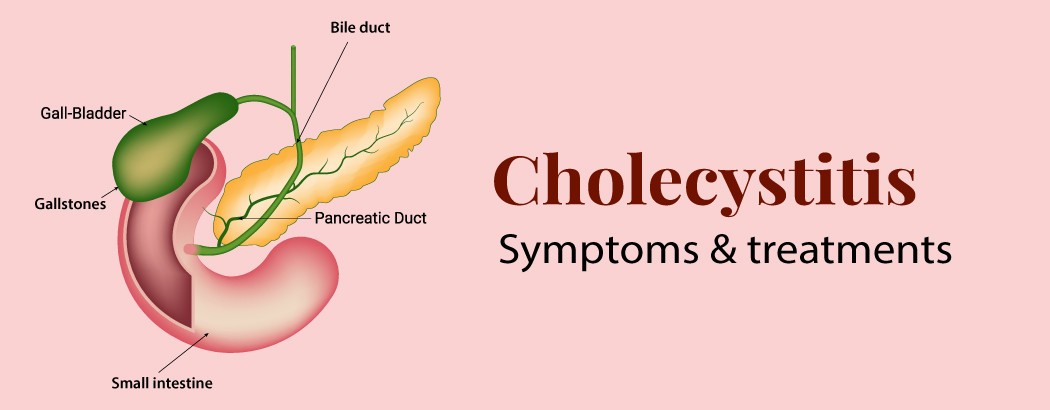Meniscus Tear: Symptoms, Causes, and Treatments
December 17, 2022

The meniscus is a cartilage cushion between your tibia (shinbone) and femur (thighbone). Every knee joint contains two menisci.
Activities that apply strain on or spin the knee joint might tear or injure them. For example, a meniscus tear might happen due to a hard tackle on the basketball floor or a quick turn on the football field.
Contents
- Causes of meniscus tears
- Symptoms of meniscus tear
- What complications can result from a damaged meniscus?
- How is a torn meniscus diagnosed?
- What can I do at home to treat a torn meniscus?
- If a meniscus is damaged, does knee surgery have to be performed?
- Guidelines for avoiding meniscus tears
- When should I make a doctor’s appointment?
- How big is the meniscus tear?
- Is it safe to walk on a torn meniscus?
- With a torn meniscus, can you still run?
- People also ask
A meniscus tear can be painful and crippling, like many knee ailments. But, unfortunately, that happens frequently. A meniscal tear is one of the knee’s most common cartilage injuries.
What, then, is a meniscus? Your knee’s cartilage contains a portion that stabilises and cushions the joint. All it takes to tear the meniscus is a nice knee twist. In rare instances, a fragment of the torn cartilage is caught in the knee joint, locking it.
Causes of meniscus tears
Meniscus tears commonly result from knee twisting in younger people playing basketball or football. The menisci can wear down over time in older persons, and relatively trivial injuries, such as turning awkwardly when you stand up, can cause tears.
Symptoms of meniscus tear
You might hear popping sounds around your knee joint if your meniscus tears. After that, you might feel:
- Knee pain, especially when touched
- Swelling
- Difficulty moving your knee
- Unable to move your knee fully
The sensation that your knee is giving way or catching the sense that your knee cannot sustain. Additionally, you can feel a cracking or slipping feeling, typically a sign that a piece of loose cartilage obstructs the knee joint.
If any of these symptoms last longer than a few days or appear after you’ve hurt your knee, speak to your doctor right away.
What complications can result from a damaged meniscus?
Your knee won’t be as stable as it was before the injury if the meniscus in your knee doesn’t mend properly. As a result, your risk of suffering further knee injuries, such as an ACL tear or other torn ligaments, may rise.
How is a torn meniscus diagnosed?
Your healthcare professional will inspect your knee physically and look for any swelling. Then, they’ll measure how far you can move. To determine the extent of the injury, you might also undergo imaging tests like X-rays or an MRI.
For a more thorough examination and correct diagnosis of your ailment, your doctor might advise knee arthroscopy. In this operation, the doctor makes a tiny incision in your knee and inserts an arthroscope, a miniature camera.
Also Read: Rheumatoid Arthritis: An Overview by Dr. Ashok S. Gavaskar
What can I do at home to treat a torn meniscus?
Depending on size and location, your meniscus tear may heal without surgery. However, you should also follow the RICE procedure in the days that follow your injury. Rest, ice, compression, and elevation are referred to as RICE.
- Rest: Try to avoid putting any weight on the affected knee.
- Ice: Apply an ice pack to your knee several times a day for about 20 minutes.
- Compression: To reduce swelling, wrap a compression bandage around your knee.
- Elevation: Rest with one leg raised higher than the other to reduce swelling.
If a meniscus is damaged, does knee surgery have to be performed?
More severe meniscus tears might not recover on their own. Therefore, your doctor might suggest arthroscopic surgery if RICE and physical therapy are ineffective at treating your injury.
A torn meniscus can be effectively repaired with surgery. Your surgeon might remove all or part of the meniscus if the tear is too large to be repaired. Your knee will be more secure after healing, decreasing the likelihood that you’ll experience further knee issues.
Guidelines for avoiding meniscus tears
- By routinely engaging in leg-strengthening activities, you can prevent meniscus tears. In addition, your knee joint will be stabilised, keeping it safe from harm.
- You can wear protective equipment or a brace to support your knee during sports or other activities that could raise your risk of injury.
- Always utilise good form when exercising or performing other activities that could put pressure on your knee joint.
- Before working out, warm up and stretch. Wear appropriate attire, such as athletic shoes made for the activity.
- Learn the right procedures for your activities by properly lacing your shoes.
When should I make a doctor’s appointment?
If you experience any of the following:
- Knee pain prevents you from fully bending or straightening your leg.
- Having swelling, RICE cannot relieve after a few days.
- Feel as if your knee is about to give way or has locked up.
- What inquiries ought I to make of my physician?
You might wish to inquire with your doctor about the following:
Your doctor may recommend you to a specialist in bone and joint surgery or sports medicine, depending on the seriousness of your injury (orthopaedic surgeon).
How big is the meniscus tear?
- Is it conceivable that the tear will mend by itself?
- Do I need to go to physical therapy?
- Do I require surgery to fix or have the torn meniscus removed?
- When will I resume my previous level of activity?
- What are the warning signals that the wound is not healing correctly?
Is it safe to walk on a torn meniscus?
It is often safe to walk around with a torn meniscus. Walking is less likely to produce pain and discomfort than twisting or squatting activities. However, if you discover that walking hurts because of a torn meniscus, try resting your knee instead. Your injuries may recover quicker if you follow your doctor’s treatment recommendations.
With a torn meniscus, can you still run?
After torn meniscus, your doctor is unlikely to advise running right away. However, regardless of whether you require surgery to repair the meniscus tear, you must give your knee joint time to recover.
Your doctor or physical therapist could concur that you’re ready to resume some exercises and impact activities once your knee has healed. This might happen after you’ve gained strength and mastered decent knee control during functional exercises. You shouldn’t be hurting when performing daily tasks at this stage.
While monitoring for discomfort and swelling in your knee, you should start slowly and build up.
People also ask
1. Can meniscus tears heal on their own?
Some individuals believe that meniscus tears will naturally heal with time. However, the truth is that there are various meniscus tears, and certain tears cannot heal on their own. For example, if your meniscus tear is on the outer third of the meniscus, it might mend naturally or need to be surgically corrected.
2. What are three signs of a meniscus tear in the knee?
- A popping sensation.
- Swelling or stiffness.
- Pain, especially when twisting or rotating your knee.
3. What is the best treatment for a meniscus tear?
- Rest: Stay away from activities that make your knee discomfort worse, particularly those that require you to twist, rotate, or pivot your knee.
- Ice: Ice can lessen swelling and soreness in the knees.
4. How long does a meniscus tear take to heal?
The most common knee injuries addressed are meniscus tears. If your meniscus tear is managed conservatively, without surgery, recovery will take about 6 to 8 weeks. Your doctor might suggest surgery to fix the damage if your symptoms continue after three months or if they become severe.








